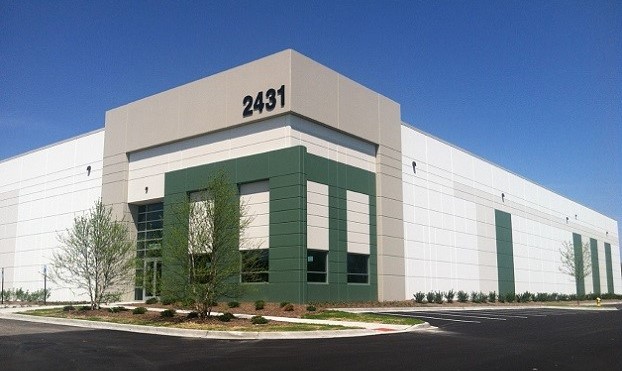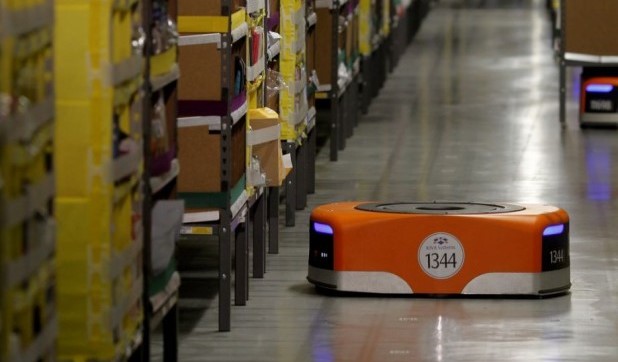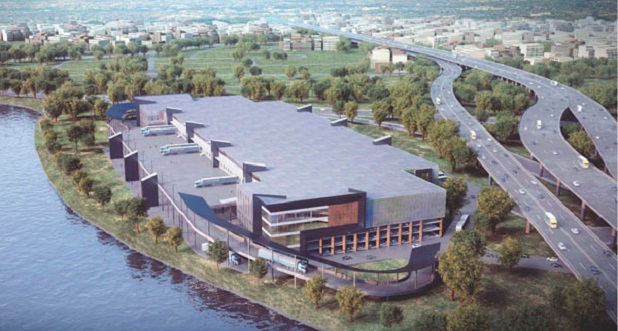CHICAGO—Rich Thompson, global lead of Chicago-based JLL's supply chain and logistics solutions team, has been with the company for more than a decade and before that he had a long career as a consultant for big corporate occupiers. “I have seen it all,” he tells GlobeSt.com, and some of the most significant changes in the market have occurred in just the past two years.
The cost drivers for this portion of industrial real estate have been, in order, transportation, labor, inventory and then real estate. “It's always been in that order in terms of weight and importance,” Thompson says. But recently, “labor has become the most influential site selection criteria. That is a really new phenomenon.”
Recommended For You
Want to continue reading?
Become a Free ALM Digital Reader.
Once you are an ALM Digital Member, you’ll receive:
- Breaking commercial real estate news and analysis, on-site and via our newsletters and custom alerts
- Educational webcasts, white papers, and ebooks from industry thought leaders
- Critical coverage of the property casualty insurance and financial advisory markets on our other ALM sites, PropertyCasualty360 and ThinkAdvisor
Already have an account? Sign In Now
*May exclude premium content







